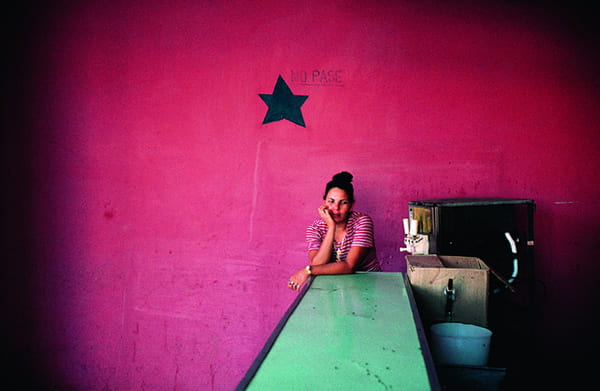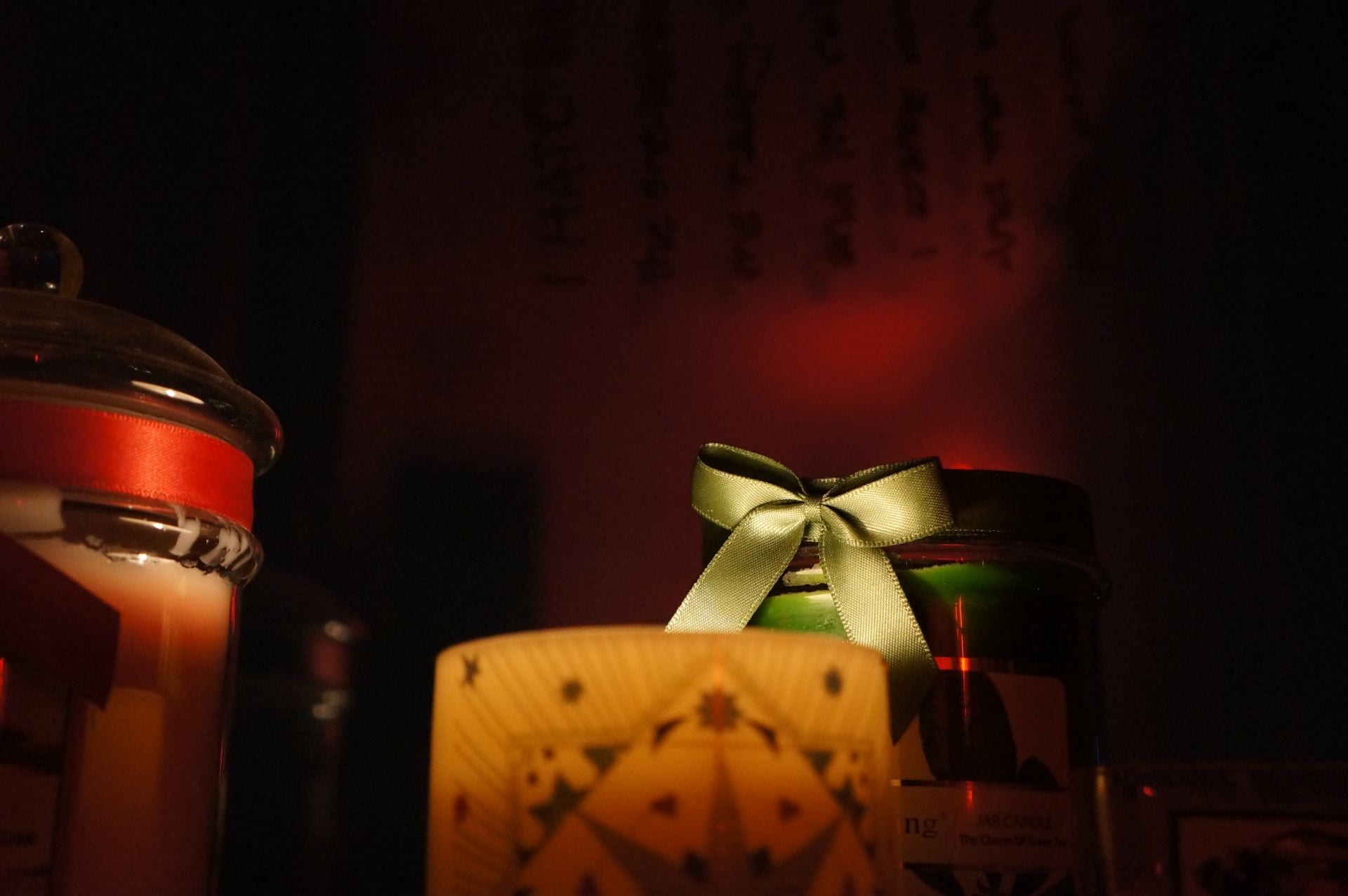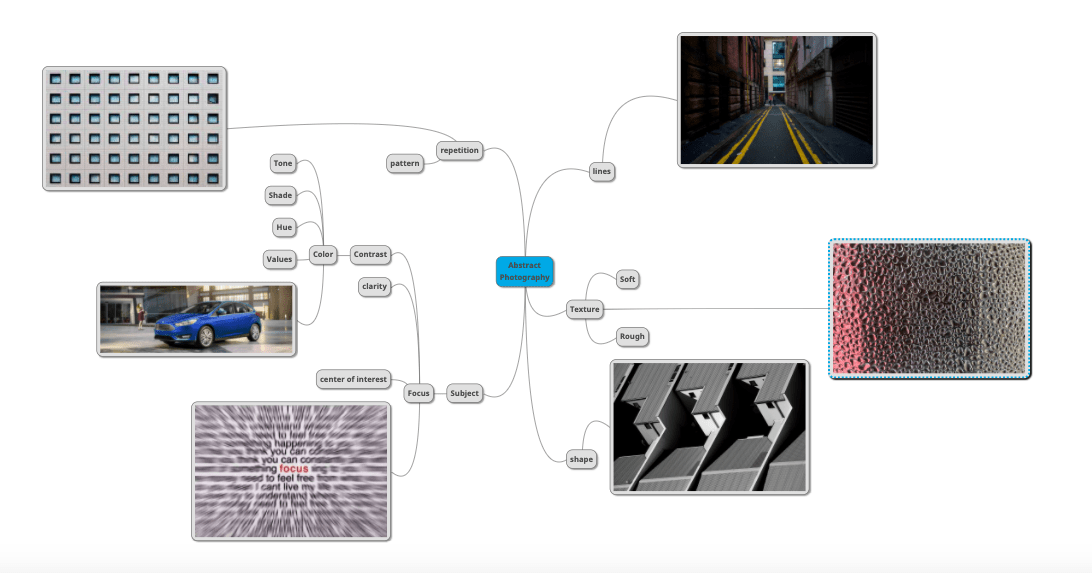







 5 Characteristics that define these photographs, are tone, hue, color, vibrance, and contrast. Alex Webb works alot with color, especially focusing on his subjects with contrast between color, and the boldness and vibrance of primary colors. I would like to use the boldness of colors into set 2, with color contrast, vibrance, and the difference of hue and tone to focus on the subject within my photos.
5 Characteristics that define these photographs, are tone, hue, color, vibrance, and contrast. Alex Webb works alot with color, especially focusing on his subjects with contrast between color, and the boldness and vibrance of primary colors. I would like to use the boldness of colors into set 2, with color contrast, vibrance, and the difference of hue and tone to focus on the subject within my photos.
One quote of Alex Webb that really allowed me to understand his work, was:
“Color is very much about atmosphere and emotion and the feel of a place.”
This really allowed me to understand Webb’s work because in his photos, the more vibrant and the different the hues are, it shows a sense of business, at least in my opinion. Warm tones show the warmth and how welcoming a place is. The boldness of a primary color really allows you to feel peace or how empty the place is.
My favorite image of Alex Webb is the image of a woman with giant earrings standing behind a wall with her back to the ocean. Webb’s photographs try to capture the complexity and how inexplicable this world is within his images. A formal element used in this photograph is color in general. Webb has used cooler colors to add to the excitement in the photograph. As his photographs try to capture the complexity, he tends to capture multiple events and subjects in his photographs which make them exciting. He uses color to add for the complexity, for example he uses the brown red as a nice background color to slightly separate his subjects, and create excitement within just one of his subjects. Webb also tends to use vibrant colors that adds as energy.
Webb’s photographs aren’t abstract photographs, and they don’t tend to fall under any formal element. What I really like about Webb’s style, is that his photographs are able to capture the complexity of this world just within the lens of his camera. He’s able to capture all of a subject’s excitement and energy just with the vibrance of the color, and the contrast of the subject’s colors with the background colors.
I want to use color in my photographs. I really want to be able to capture the excitement of the subjects within my photos with color, as well as the complexity of the world. I want to use vibrance to enhance the energy within the subjects, I want to use the contrast between colors to capture the different events and subjects within my photographs. I want to use his style of photograph into my future abstract photographs.
My vision is to capture the complexity and excitement of the world with color, through the lens of a camera.
I am particularly inspired by Alex Webb’s photographs and will try to take pictures that have vibrant colors, or perhaps play around with color, specifically the contrast between colors.
















 5 Characteristics that define these photographs, are tone, hue, color, vibrance, and contrast. Alex Webb works alot with color, especially focusing on his subjects with contrast between color, and the boldness and vibrance of primary colors. I would like to use the boldness of colors into set 2, with color contrast, vibrance, and the difference of hue and tone to focus on the subject within my photos.
5 Characteristics that define these photographs, are tone, hue, color, vibrance, and contrast. Alex Webb works alot with color, especially focusing on his subjects with contrast between color, and the boldness and vibrance of primary colors. I would like to use the boldness of colors into set 2, with color contrast, vibrance, and the difference of hue and tone to focus on the subject within my photos.








































Recent Comments